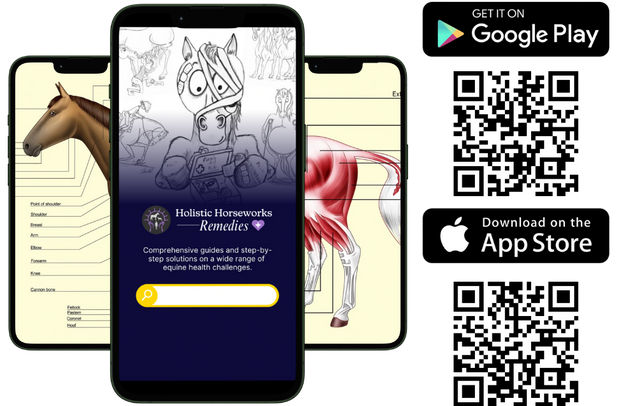The Equine Ribcage: Anatomy, Biomechanics, and Connections
Share this post:
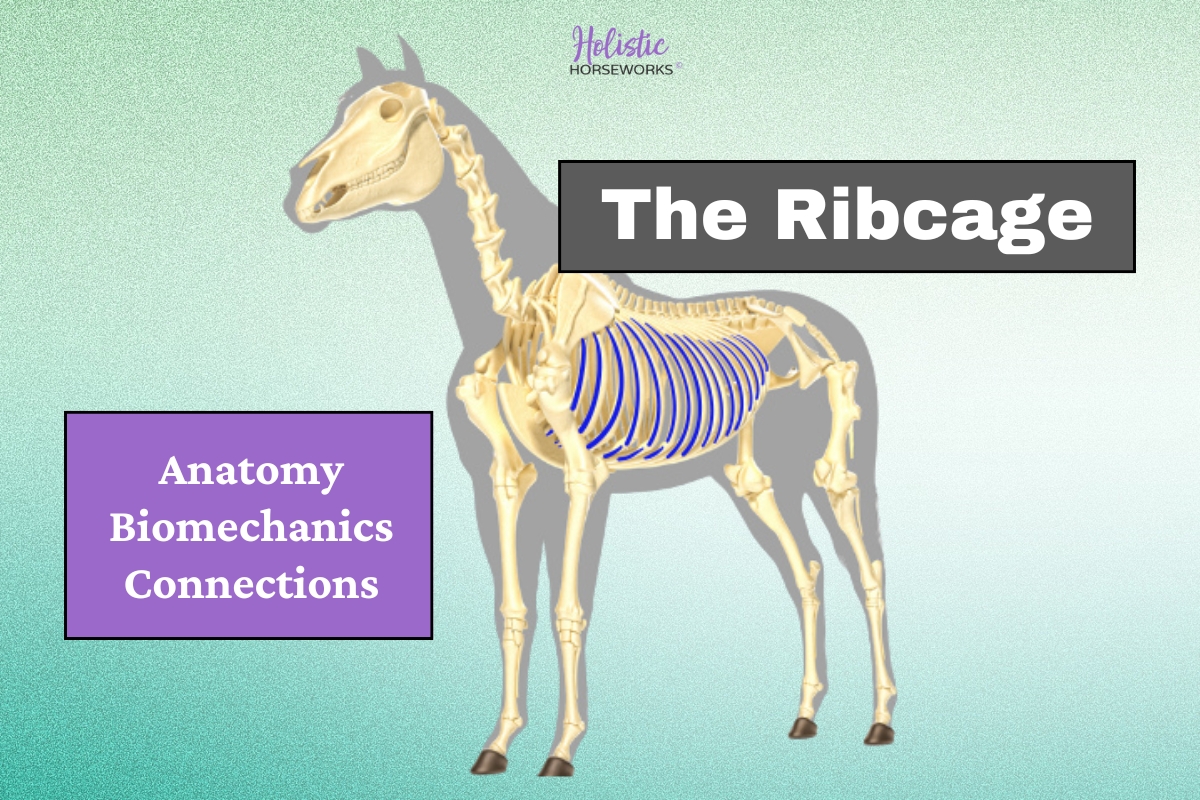
When we contemplate the anatomy of ribs, our minds typically conjure images of their role in protecting vital organs and facilitating respiration. However, unlike humans, horses rely on their ribs for an additional function – bearing the external pressures encountered during various activities, such as riding under saddle or during training sessions like lunging with equipment.
Get the tools and skills you need from Holistic Horseworks clinics and home study courses so you can start changing the dynamics of movement of the ribs which will positively affect the entire body from head to tail!
Signs Your Horse is Experiencing Rib Discomfort
If your horse exhibits any of the following behaviors, it may indicate restricted motion and discomfort affecting one or multiple ribs:
- Inability to take a deep breath in
- Unable to get correct lead changes
- Heavy on the front end in movements
- Lack of ability to bend the entire body in lateral motions
- Behavior issues when girthing up
- Stomach ulcers or GI tract issues
- Muscle atrophy or increased tension of intercostal and spinal muscles
- Soreness of the SI joint
- Belly breathing
- Spinal misalignment
Let’s delve into a fundamental understanding of equine ribs – their functions, locations, and movements.
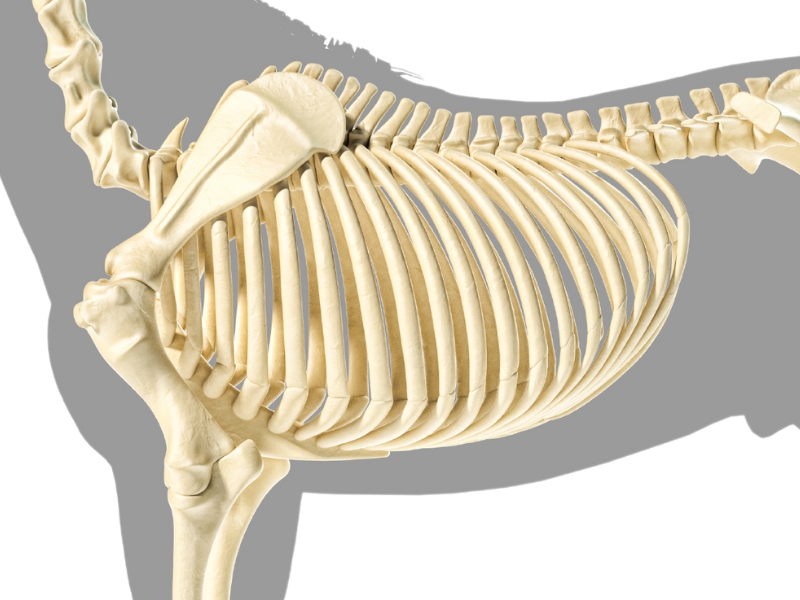
Rib Function, Mobility, and Mechanics
Functionally, ribs serve to safeguard the thorax and abdomen, ensuring the integrity of the delicate organs housed within. Additionally, they play asupporting role in breathing which is essential for oxygenating the blood and maintaining proper circulation throughout the horse’s body.
A horse possesses an impressive array of 18 pairs of ribs, totaling 36 to form its rib cage. The first eight ribs attach directly to the sternum, offering limited mobility due to their fixed connection. This region encapsulates the thoracic cavity, housing vital organs like the heart and lungs. It’s noteworthy to consider the significance of these ribs in supporting the weight and movements of the horse, especially when interacting with equipment such as the cinch.
Moving further down the rib cage, ribs 9-18, often termed “false” ribs, attach to costal cartilage, granting them increased flexibility. This portion encloses the abdominal cavity, where organs like the liver, stomach, and intestines are located. If these ribs lack motion, it may indicate underlying issues related to the mobility and motility of the organs they protect, underscoring the interconnectedness of rib function with internal dynamics.
Each rib, excluding the 18th, connects to two vertebrae at its head, exerting direct influence on spinal dynamics such as flexion, extension, and lateral and medial movements. External muscles, including the longissimus and abdominals, attach to the ribs, while internal connections involve essential structures like the diaphragm and intercostals, crucial for respiratory function.
During inhalation, the ribs undergo dorsal and lateral movements, resulting in extension of the thoracic spine. Conversely, exhalation entails ventral, caudal, and medial motions in the ribs, inducing spinal flexion.
As our horse inhales while bending to one side, the ribs on the same side as the bend should undergo movements of medial, ventral, and caudal directions. Simultaneously, the ribs on the opposite side should engage in motions of lateral, dorsal, and cranial directions. This synchronized movement of the ribs facilitates free and proper side bending.
Proper rib mobility is paramount for achieving balanced inspiration and expiration, facilitating optimal flexion and extension of the thoracic spine. As riders, understanding and fostering this mobility is crucial for attaining collection and facilitating smooth side-bending maneuvers. As riders, understanding and promoting this mobility is essential for ensuring the well-being and performance of our equine partners.
Ensure your horse maintains fluid movement well into its 30s, whether at work or play! Embark on this journey with us, starting with Level 1: Equine Musculoskeletal Unwinding, a comprehensive exploration of musculoskeletal unwinding and energy work.
Rib Release Stretches and Techniques
Level 1: Equine Musculoskeletal Unwinding
Learn how to keep your horse happy, healthy, and rideable through their 30’s while saving thousands on vet bills! The reason why your horse is having so many problems is that most people you go to for advice— including vets, trainers, and many equine professionals— are only treating the symptoms, NOT the root of the issues. And that’s the way it’s been for years and years. But if “the good ole’ ways” just aren’t working anymore, now is the time to start looking at things in a whole new way.
Hands-On Horse Body Therapy Clinics
We teach in-person event all around the world including the US, Canada, UK, Europe, Australia, New Zealand, and South Africa! Visit our clinic page to see the full schedule. Don’t see an event near you? Apply to be a host! In exchange, you’ll receive FREE admission to each event you host which adds up to over $2,000 in savings! And you’ll get free bodywork for your horses values at $300 per horse.
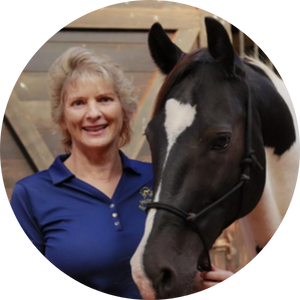
About the Author
April Love
Founder of Holistic Horseworks & Horse Healers Academy
Owner of Holistic Horseworks LLC, April Love empowers horse lovers to take healing into their own hands in order to keep their horses healthy, happy, and rideable through their 30’s while saving thousands of dollars on vet care. She has created a unique IICT (International Institute for Complementary Therapists) approved methodology that she teaches through in-person, hands-on clinics as well as virtual home study courses. April has also trained and vetted many instructors who share this practice worldwide.
As a gift to you, please enjoy a FREE copy of “Horse 101: Everything You Wish You Knew Before You Bought Your First Horse” www.horseacademy101.com
More Posts
6 Must-Know Hore Care Tips for Winter
In this comprehensive guide, we'll share five essential cold weather horse care tips straight from the experts at Holistic Horseworks.Whether you're dealing with freezing temperatures, icy conditions or relentless mud, these strategies will help you keep your horse happy and healthy through even the harshest of winters.
Equine Vaccines: What’s In Them and How to Help Your Horse Naturally
Vaccines are often considered a cornerstone of equine health, but have you ever wondered exactly what’s in them, or how they might be affecting your horse’s long-term health?
Barn Life Tips for a Bug Free Summer
Every season, I hear from folks battling mosquitoes, flies, and ticks in the barn, garden, and pasture. Over the years, I’ve found a few easy tricks that make a big difference. If you’re tired of swatting bugs during barn chores or want to keep your horses happy and itch-free,
Horses Are Talking, Are You Listening?
Holistic equine expert April Love wants you to know: your horse is speaking. And once you learn how to listen, everything changes. In her recent appearance at the Holistic Horse Conference, April sat down with Dr. Jeff Grognet and animal communicator Joan Ranquet to share her revolutionary approach to
How a Distance Reading CHANGED Kimberly and Her Horse
In this interview, holistic healing expert April Love uncovers the deep, often invisible threads connecting horse and human wellness. Join Kimberly, host of The Backyard Horse Enthusiast, as she shares her transformative experience with April's intuitive healing techniques.
Summer Travel Tips for Your Horse: Keep Them Happy, Healthy, & Hydrated
Traveling to summer shows and events can be exciting, but for our horses, it often comes with a heavy load of emotional and physical stress. Here are some key things to consider when prepping your horse for summer travel, and the strategies I’ve personally used to help mine stay
Mud Fever Prevention and Remedies
Mud fever, also known as pastern dermatitis, scratches, grease heel, etc., is a common skin condition in horses caused by a combination of wet and muddy conditions, bacteria, and fungi. It typically affects the lower legs, especially white ones, and, if not addressed properly. can cause discomfort and lameness.
Is It Really a Training Problem, or Is Your Horse in Pain?
If your horse bucks, resists the canter, or just feels off under saddle, the first thing many people assume is that it’s a training issue. Maybe the horse is being stubborn, or maybe it just needs more groundwork. But I want to let you in on something I’ve seen
Did You Know That Saddle Fit Issues Are Really Horse Body Issues?
Saddle fit isn’t just about the saddle — it’s about the ever-changing body of the horse beneath it. While it’s tempting to invest in custom saddles or quick fixes like padded inserts, lasting comfort and performance come from addressing the root of the issue: your horse’s physical balance and
Useful, Helpful Tips and Tricks for Horse Care | April Love’s Interview on The Backyard Horse Enthusiast
What would you do if your horse was limping, colicking, or spooking—and no one could tell you why? That question lit a fire in April Love that would grow into a global mission: helping horse owners uncover the root causes of mystery lameness, behavioral issues, and chronic pain that

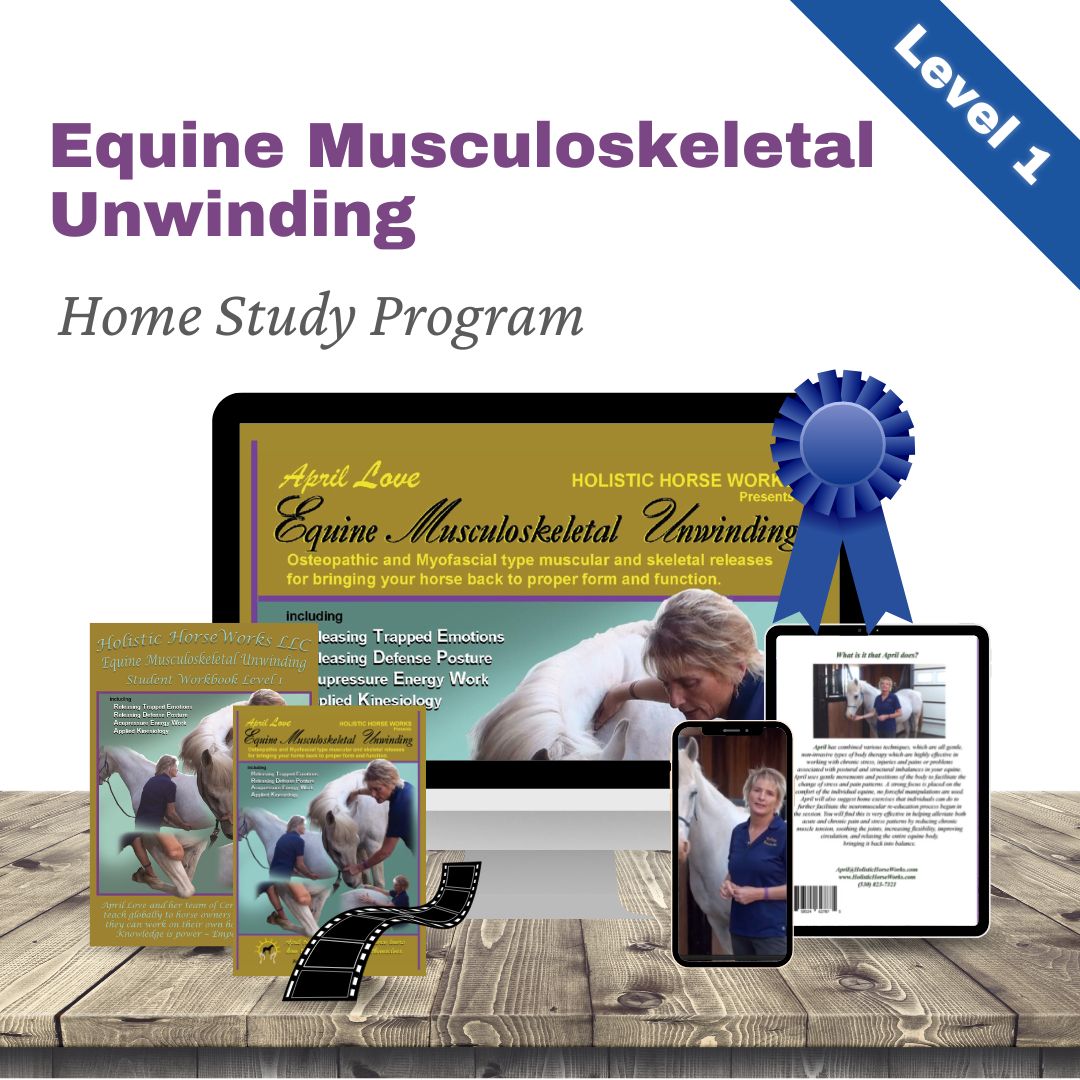
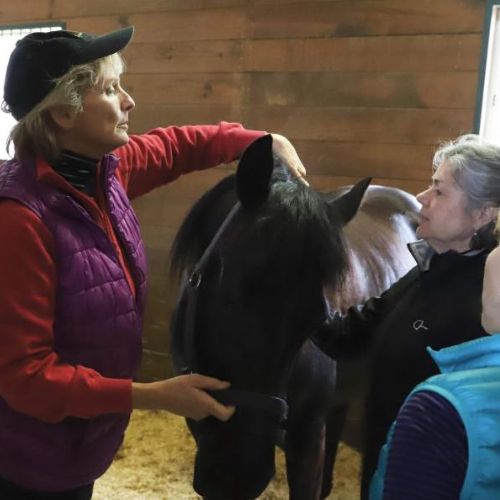
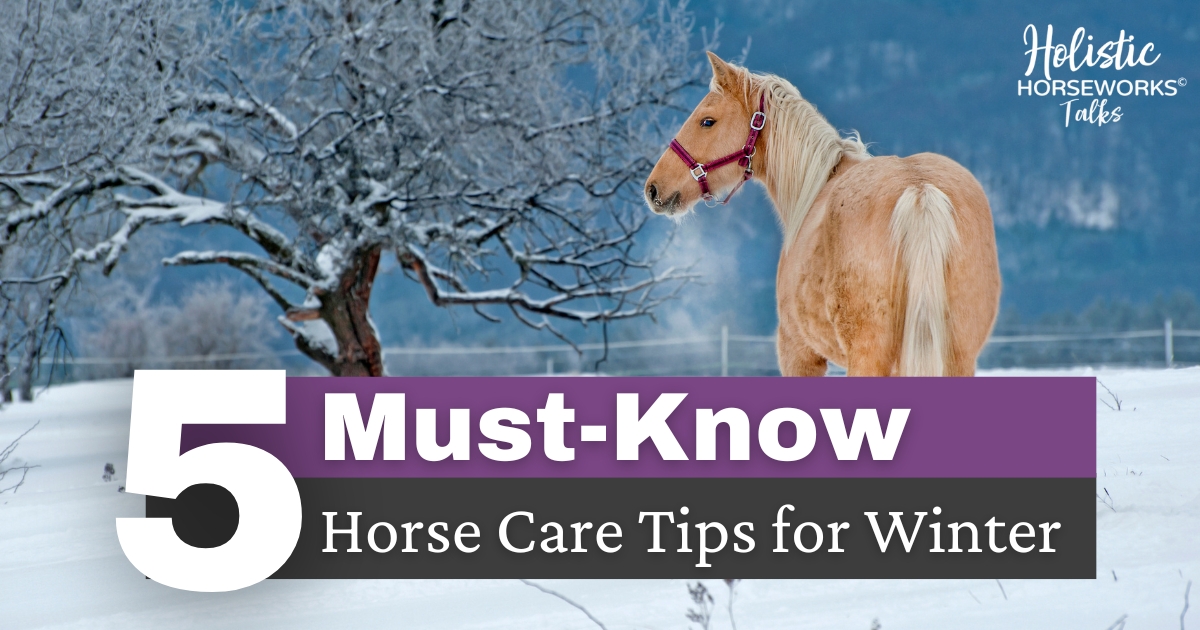
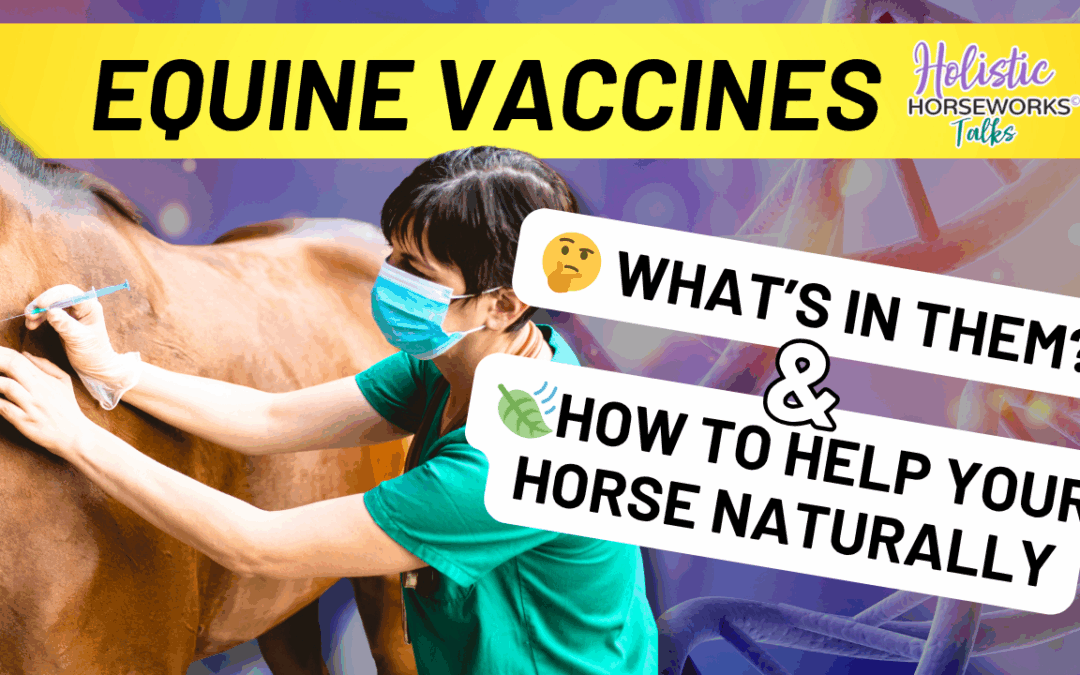
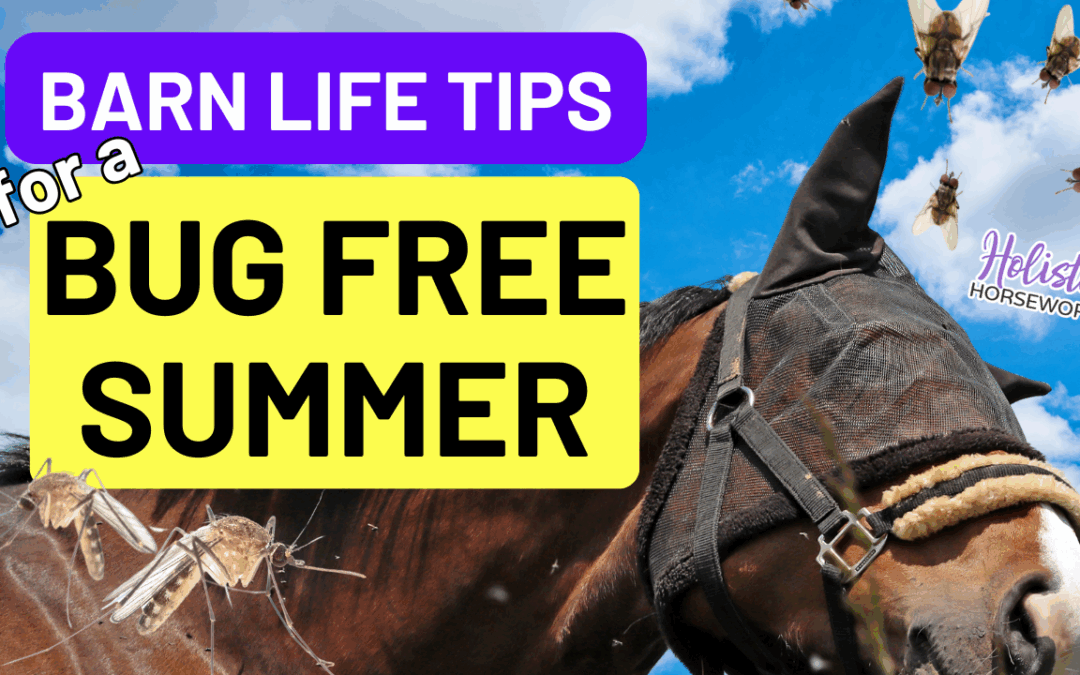
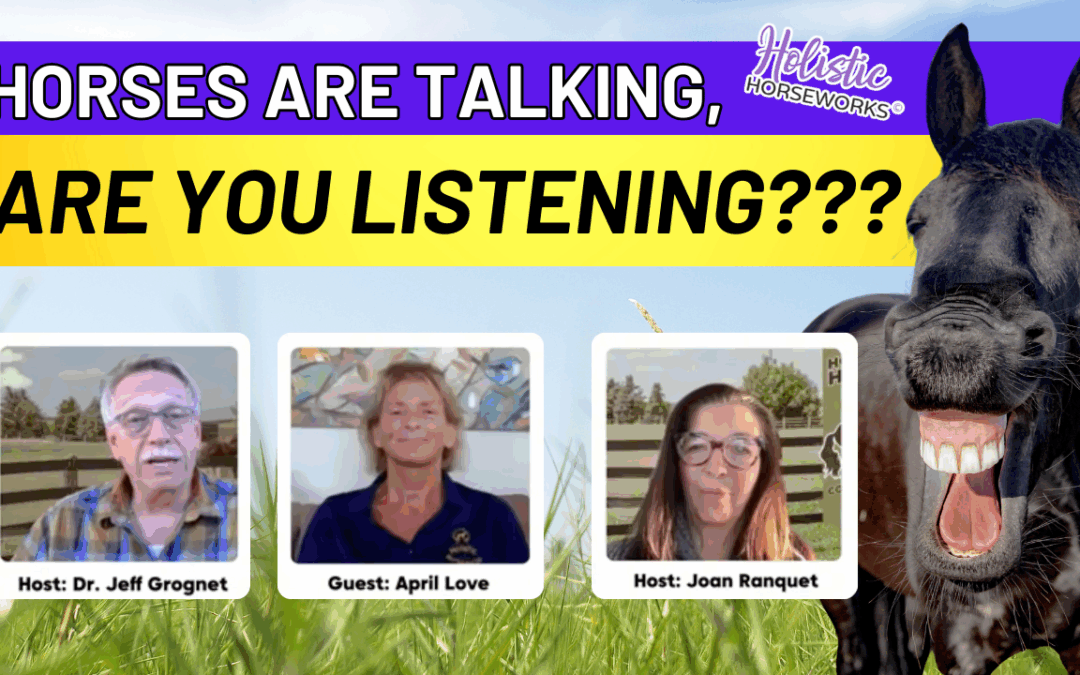
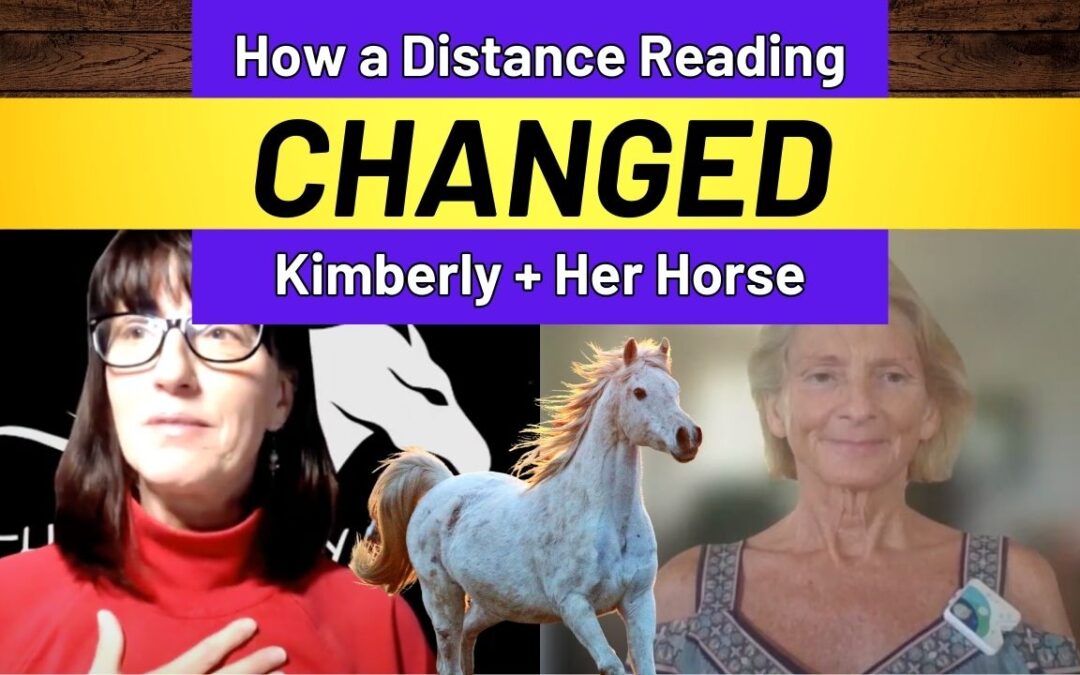
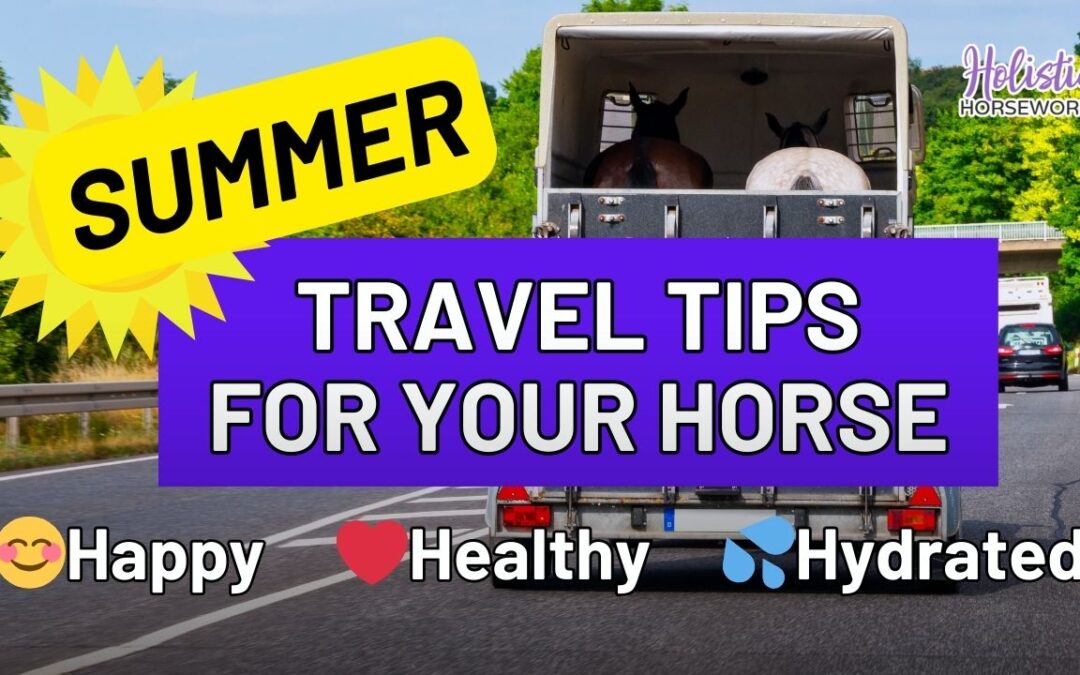
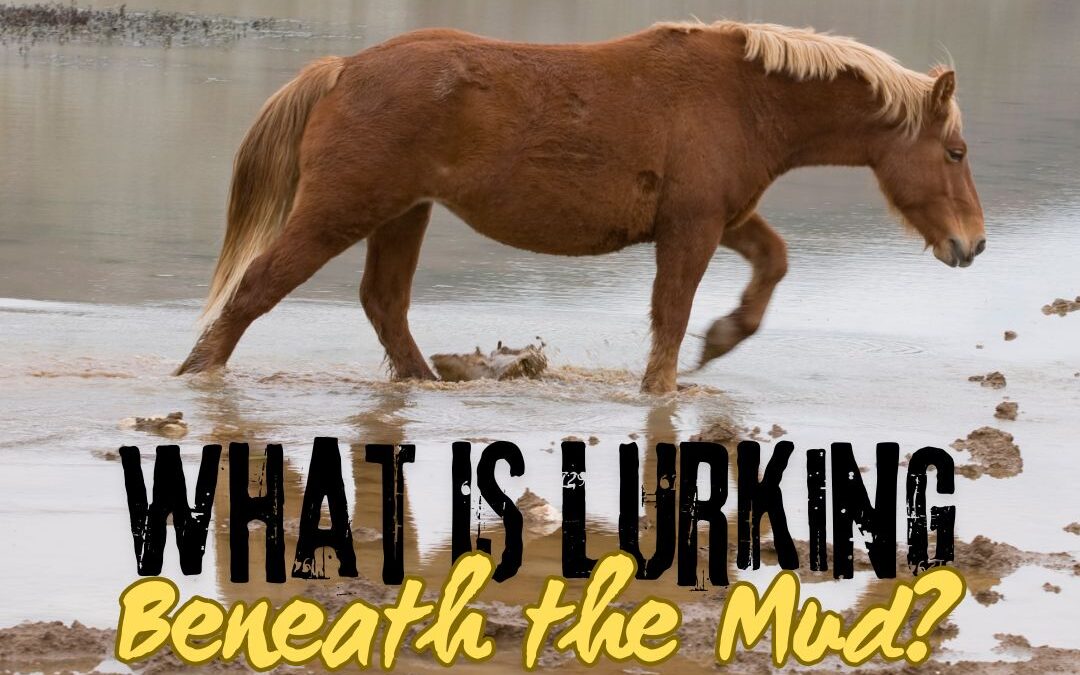
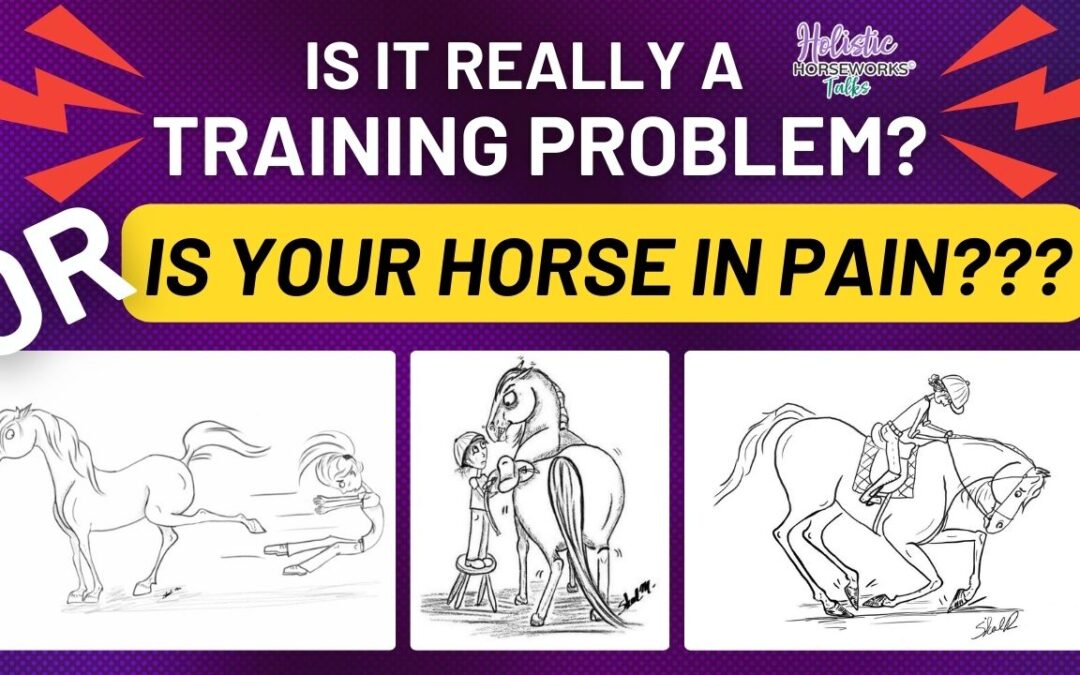
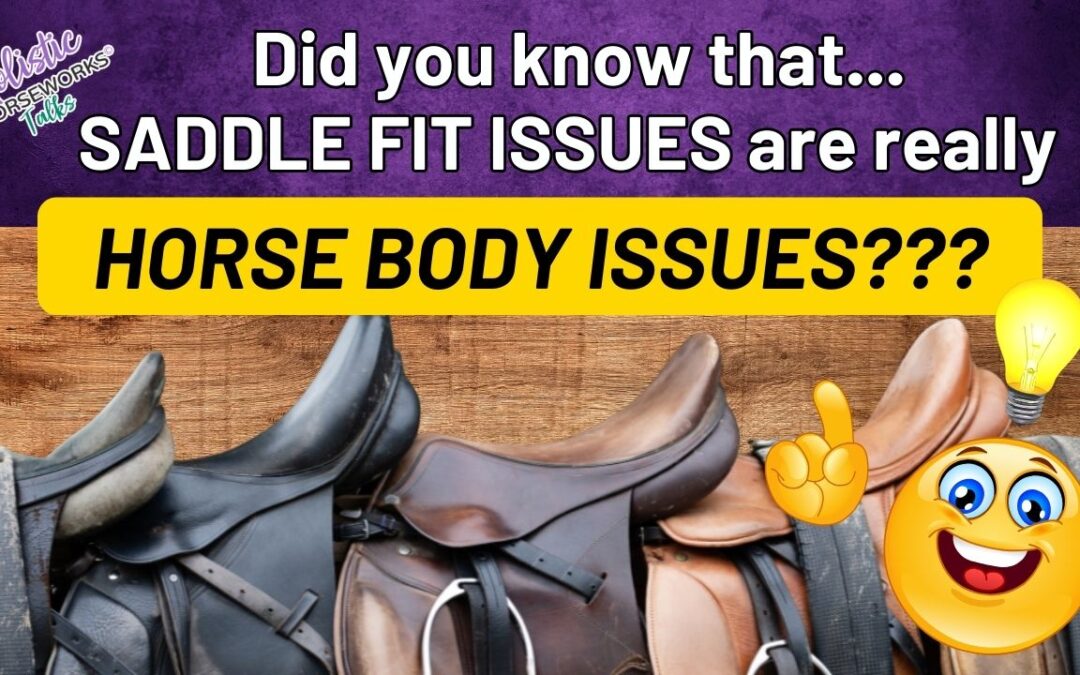
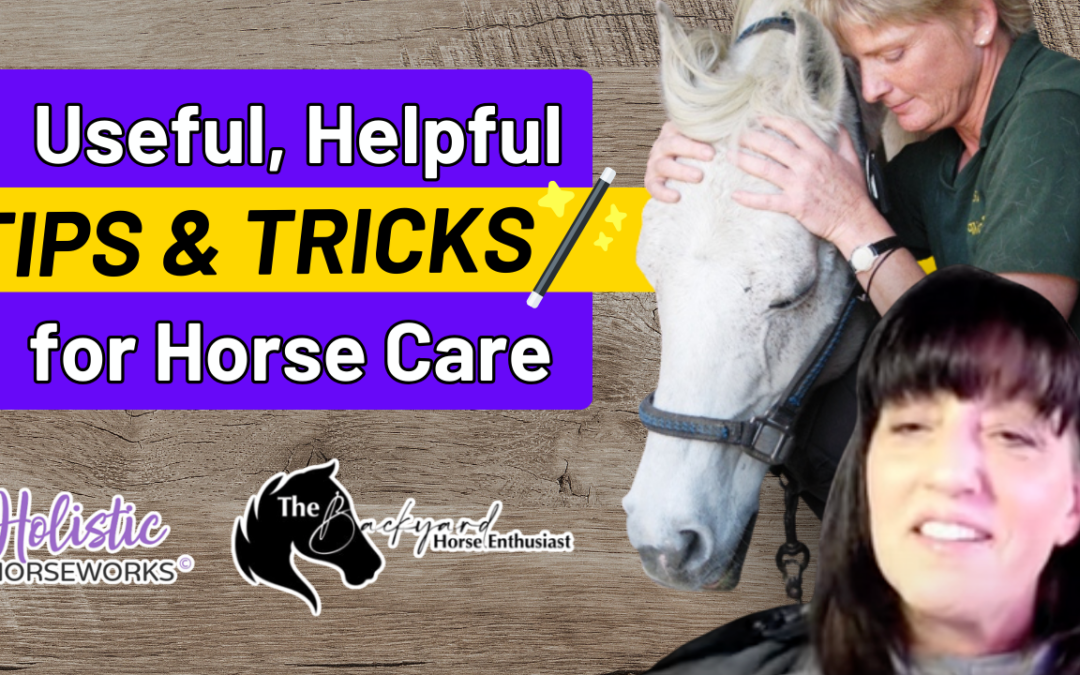
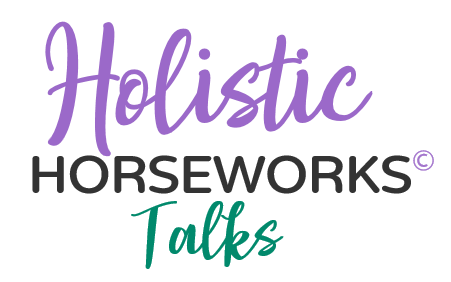
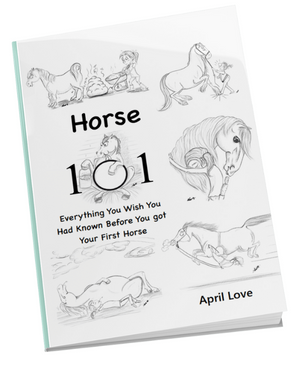
![Complete Level 1 & Level 2 Home Study + Private Training Package [NO DVD]](https://holistichorseworks.com/wp-content/uploads/2022/08/Level-1-and-Level-2-complete-home-study-and-training-package-400x400.jpg)
![Level 1 "Equine Musculoskeletal Unwinding" Home Study -Watch Instantly [NO DVD]](https://holistichorseworks.com/wp-content/uploads/2022/08/Level-1-Home-Study-400x400.jpg)
![Level 2 “CranioSacral Unwinding & Advanced Applied Kinesiology” Home Study - Watch Instantly [NO DVD]](https://holistichorseworks.com/wp-content/uploads/2022/08/Level-2-Home-Study-400x400.jpg)
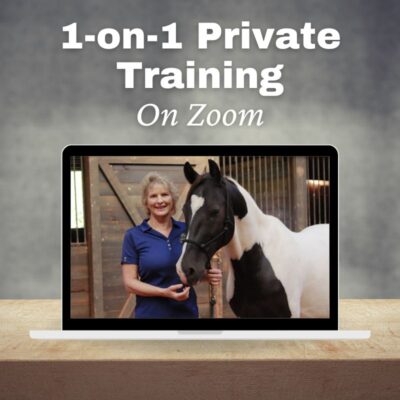

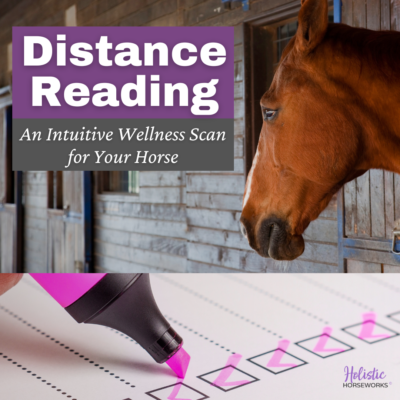

![Equine CranioSacral Energy Work -Watch Instantly [English and French]](https://holistichorseworks.com/wp-content/uploads/2022/09/equine-cranial-sacral-energy-work-watch-instantly-400x400.jpg)
